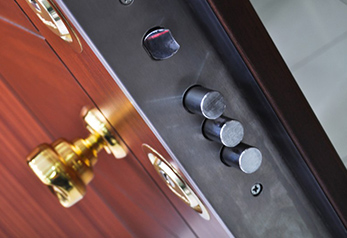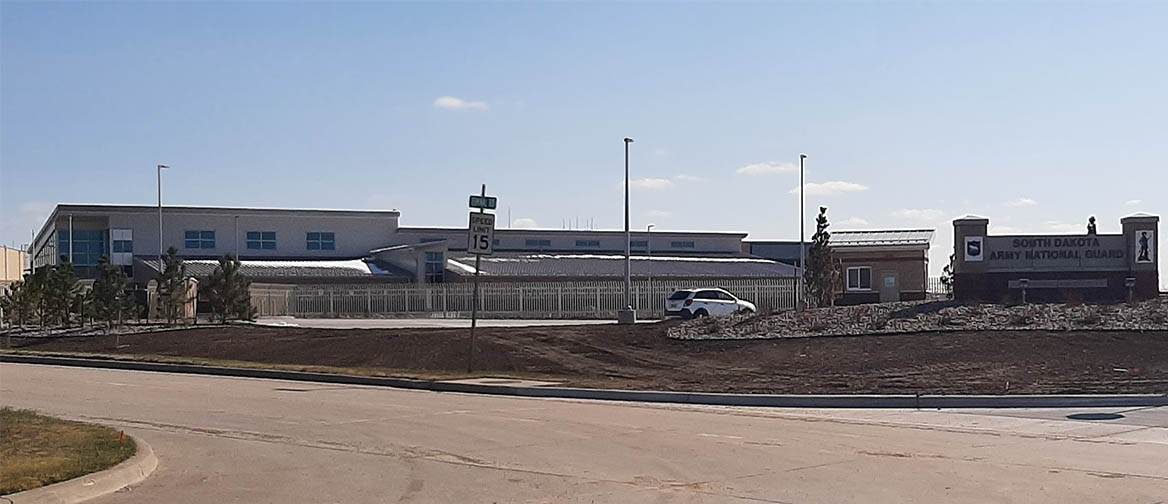What kind of door suits your access control system needs?
Exterior entrances need different doors than interior doors, and certain areas have requirements that go along with them, such as fire rating. Any questions you have about fire doors can be answered by our guide to fire doors. Main entrance doors are usually the ones you need to keep the most secure. Metal doors, or glass doors with metal frames are both common to a commercial landscape and can both be secured well. Wood doors are available, but when used as an outside door are more affected by weather and are less secure than their metal or glass counterparts, so they are not generally recommended for most businesses. There are many security options for all three types of doors depending on the level of security required at your entrance.
How should the door be hung?
Doors can be hung in different ways each with their own pros and cons. Two of the most common ways to hang a door are with either hinges or pivots. Hinges are far more common and have more bonuses than pivot doors, but some people prefer the aesthetic that pivoting doors can bring to a doorway.
Pivoting Doors
Pivoting doors have connecting points along the top and bottom of the door, allowing it to swing open and closed at a point on an axis slightly away from the door frame edge. This allows for larger and heavier doors, but there are small gaps along the edges of the door to allow it to swing, allowing air or small amounts of water to get through if it is an outside entrance.
Hinged Doors
Hinged doors can have various types of hinges, depending on the needs of the door. Butt hinges are common, such as three or five knuckle butt hinges. There are usually three hinges placed along a door, one at the top, middle, and bottom. This can be exchanged with one continuous hinge that runs the whole length of the door to connect it to the frame entirely on one side, providing full contact and a high level of security. Continuous hinges also allow a new door to be hung in an existing frame.
There are many different ways to hang a door, and various hinge types to hang them on. Each case is different and have different priorities. Balancing security and aesthetics can be difficult. If you are unsure what door or hinge type is best suited for your situation, please contact North Central Supply today with any questions you have.
What type of lock is best suited for my access control system?
What is more important for your door. Security? Ease of access? Do you want it to look inviting? Or is it a side door that is just intended to let people out in case of emergency? These are all questions you have to ask yourself before you can begin to decide on a type of lock. Locks can be separated into two main categories: mechanical and electronic.
Mechanical Locks
Mechanical locks are traditional mechanisms used for access control systems that require physical input to unlock a door. These include types such as tubular locks, cylindrical locks, mortise locks, interconnected locks, and deadbolts.
- Tubular locks are most often found securing cabinets, bike locks, etc. These are not recommended for doors but can be useful in smaller applications.
- Cylindrical locks are easily installed and rekeyed. These are most common in for interior door applications.
- Mortise locks are mortised directly into the door and can withstand an impressive amount of damage and are very secure. They are also available with many different functions depending on how the door is intended to be used.
- Interconnected locks consist of a deadbolt and a latch bolt that both retract when the handle is activated allowing single motion egress.
- Deadbolts are the traditional locks on most homes that require a key turn to lock and unlock it.
Each of these comes with a different level of security, and a different ease of use.
Electronic Locks
Although they require a power source, electronic locks allow for secure systems that still allow high traffic such as an office building or a factory. Allowing employees to easily enter and exit while preventing any unauthorized personnel from entering. Electronic locks can be direct wired, or battery operated. Keep in mind that these locks have one of two main functions when power fails. Fail safe options unlock when power fails, fail secure systems lock when the power fails. Both are useful in different situations. There are two main kinds of electronic locks: electric strike, and electromagnetic locks.
Other Electrified Options
Electric strikes and electromagnetic locks are also commonly used for access control.
- Electric strike locks replace the regular strike plate with one that can be controlled electronically.
- Electromagnetic locks consist of a strong electromagnet with an armature plate that prevent the door from opening when the magnet is engaged.
Let North Central Supply help you decide the ideal type of electrified hardware for your access control requirement.
How do I give door access to only certain people?
Electronic access systems can be paired with electronic locks in order to give access to certain people through an input method such as a keypad, ID card, and even biometrics. These systems can be standalone or networked. Networked systems are all connected and can be changed or monitored by system admins. Standalone systems are not all connected, but they function in a similar way. The main difference with this kind of system is an administrator must physically go to each access point to make a change to access rights.
There are many different ways to go about security in your place of business. North Central Supply has all of the access control hardware you need to ensure everything is secure, ensuring peace of mind for the business owners as well as the employees knowing there is adequate security at their place of work. If you have any questions or are looking to purchase any doors or access control system hardware, contact us today.





